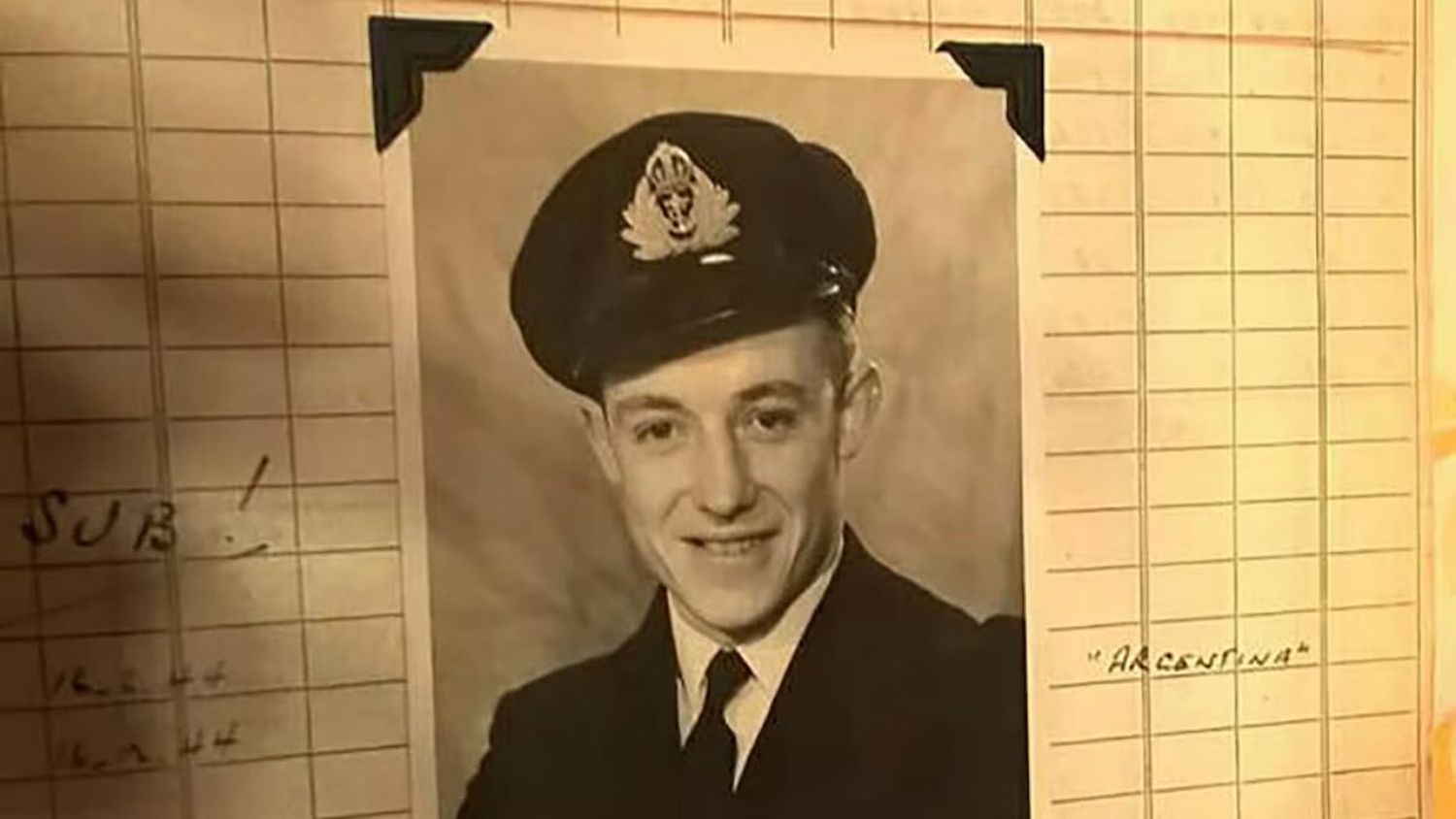Last Argentine Spitfire Pilot in the Royal Navy During WWII, Dies at 107
Ronald David Scott, better known as Ronnie, passed away this Thursday, April 17, at the age of 107 in Buenos Aires. He was one of the last living pilots to have flown Spitfires during World War II, and the final surviving member of the Royal Navy in the Americas. He died at the British American Benevolent Society (BABS) retirement home, located in the Buenos Aires neighborhood of Villa Devoto, where he was also born.
A war veteran, pioneer of commercial aviation in Argentina, and sportsman, Ronnie Scott was one of a thousand Argentinians who volunteered to fight against the Nazi regime from the air. After completing his training in the United Kingdom, he joined Naval Air Squadron 761 and graduated as a naval pilot in 1944, becoming one of the few Latin Americans to fly the iconic Supermarine Spitfire, the aircraft that became a symbol of the Battle of Britain.
In one of the memories shared in a report by La Nación, Scott recalled his first flight in the British fighter: “I took off with the canopy open (…) flying a Spitfire was like touching the sky with your hands (…) My God! This was something else (…) the body was pressed against the seat, and the controls took you wherever you wanted. It was impressive. It was wild, unparalleled.”
Scott returned to Argentina in 1946 and quickly transitioned into civilian aviation. He joined Aeroposta Argentina, the predecessor to Aerolíneas Argentinas, flying Douglas DC-3s along Patagonian routes. Later, he became a captain of the Comet 4 and Boeing 737, accumulating over 23,000 flight hours before retiring in 1978. He also founded the Airline Pilots Association (APLA), becoming a highly respected figure among colleagues and future generations of aviators.

Born on October 20, 1917, Ronnie Scott was educated at Belgrano Day School and Oates School in Hurlingham. At just 14 years old, he had his first encounter with aviation while visiting the British aircraft carrier HMS Eagle, docked in the port of Buenos Aires. Three decades later, that early impression would blossom into one of the most remarkable and enduring careers in the history of Argentine aviation.
As he once recounted in an interview with TN: “I was a member of the Hurlingham Club. One afternoon, while watching a polo match, a rider asked me for a tonic water. It was Prince Edward, who later abdicated the throne of England. I took the liberty of adding a slice of lemon and handed it to him. His secretary asked for my address, and the next day, I was invited to visit the first aircraft carrier ever to come to Argentina.”
Scott often said, with both humor and emotion, that one day a Spitfire would be waiting for him, engine running, ready for his final flight. Today, those who knew and admired him imagine him taking off once again, “with the canopy open,” soaring toward eternity.
With his passing, an emblematic figure of Argentine aviation and a privileged witness to the 20th century is gone—a man whose story wove together war, rebuilding, and legacy.


Comentarios
Para comentar, debés estar registrado
Por favor, iniciá sesión